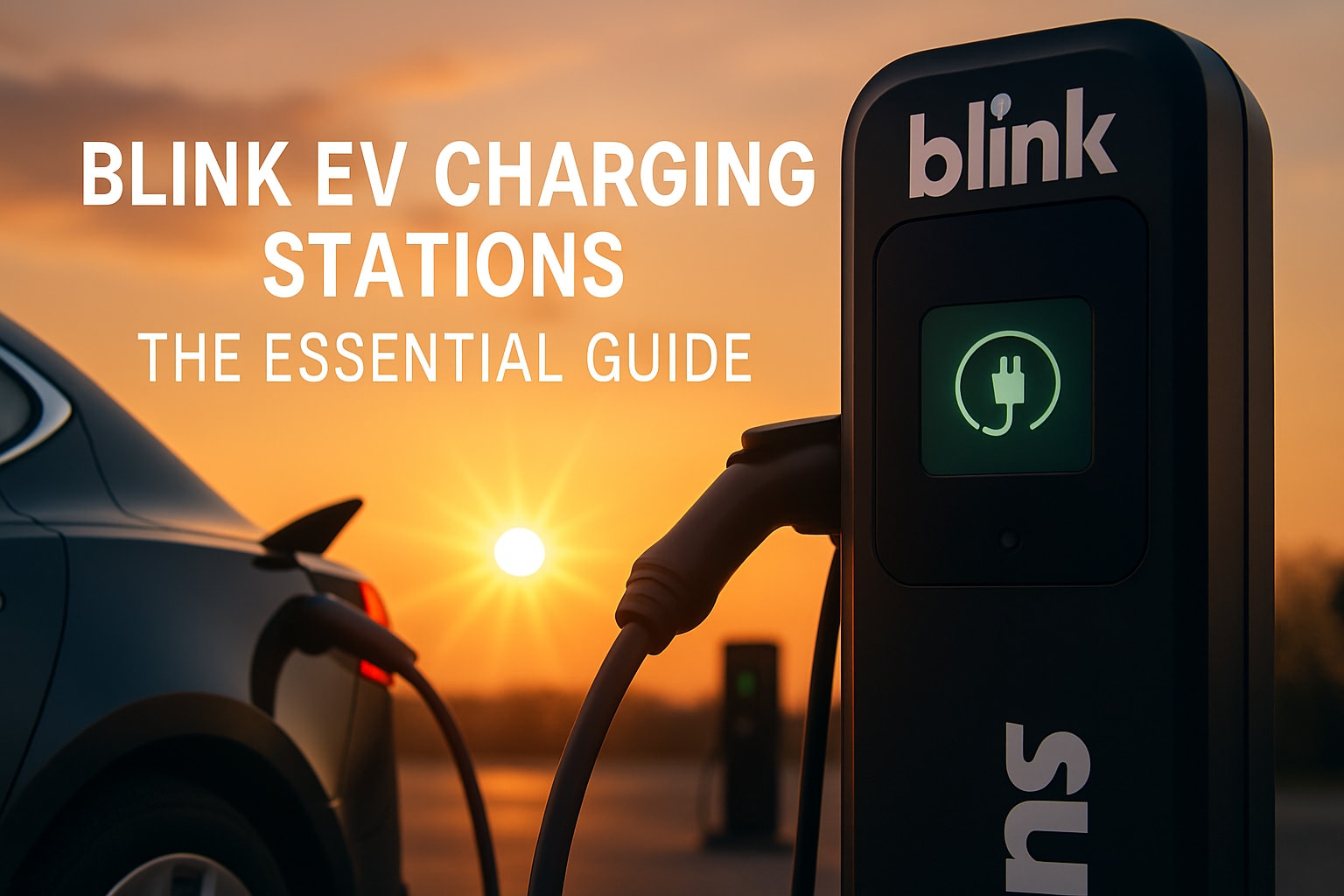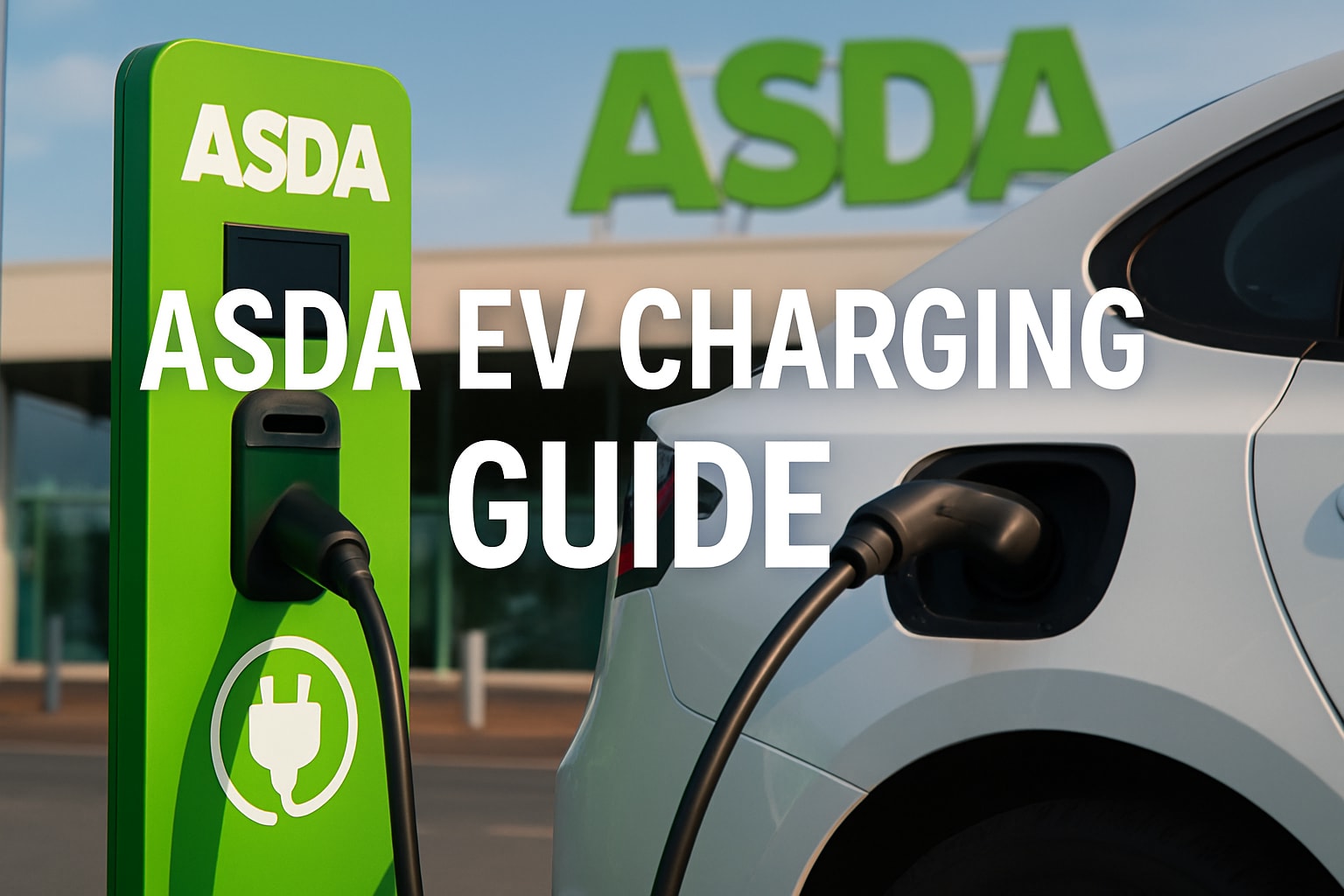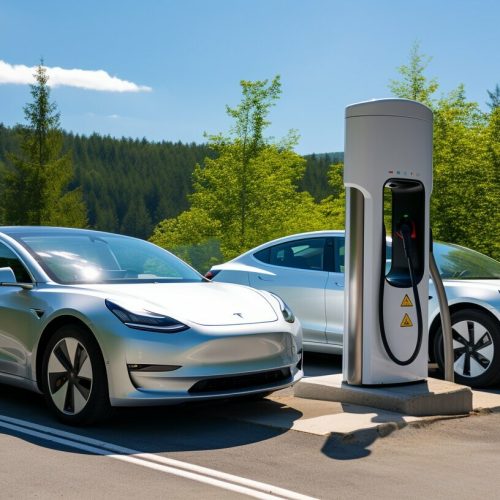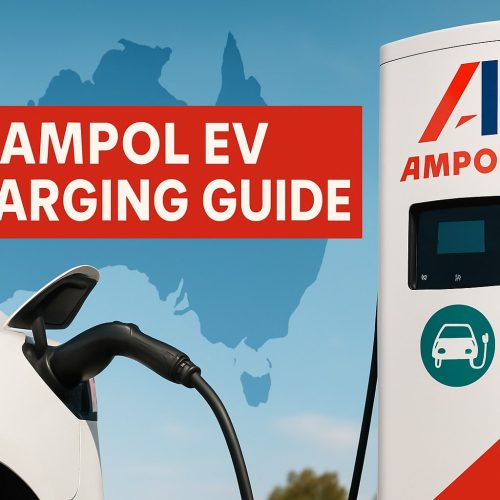Introduction
As the UK’s electric vehicle (EV) landscape continues to flourish, the focus is increasingly shifting towards the charging infrastructure that supports it. With the UK government’s ambitious target to phase out new petrol and diesel cars by 2030, the EV industry is under the spotlight. This in-depth article aims to serve as a complete guide to the leading EV charging networks in the UK, exploring what sets them apart in an increasingly competitive market.
Leading EV Charging Networks in the UK
Tesla: The Benchmark for Excellence
Tesla has been a trailblazer in the electric vehicle sector, and its Supercharger network is a testament to that. With a robust network of over 560 high-power Superchargers and 1,100 destination chargers, Tesla has established a new standard for EV charging experiences. The network is restricted to Tesla vehicles, ensuring a streamlined and efficient charging process. Payments are automated, and several early adopters are even entitled to complimentary charging.
Key Features
- Quick Charging Capabilities: Tesla Superchargers can fully charge a vehicle in a matter of 20 minutes.
- Exclusivity: The network is solely available to Tesla vehicle owners, reducing wait times and ensuring charger availability.
- Intelligent Energy Management: Tesla employs smart algorithms to manage energy consumption efficiently.
InstaVolt: The Universal Choice
InstaVolt has consistently been a top performer in customer satisfaction surveys, particularly for drivers of non-Tesla electric vehicles. With a network of over 460 rapid chargers across the UK, InstaVolt offers a reliable and user-friendly charging experience. The network is unique for its simplicity, featuring uncomplicated contactless payment options without requiring a subscription.
Key Features
- Fast Charging: InstaVolt’s chargers offer up to 50 kW of power, enabling quick charging sessions.
- Open Access: Unlike Tesla’s exclusive network, InstaVolt is accessible to all types of electric vehicles.
- Hassle-Free Payment: The network allows for straightforward contactless payments, eliminating the need for apps or membership cards.
Osprey: The Emerging Contender
Osprey, previously known as Engenie, has been climbing the ranks in recent years. With an expanding network of over 170 rapid and fast chargers, Osprey is gaining popularity among the UK’s EV community. The network is praised for its reliability and user-friendliness, offering a variety of payment options, including contactless and app-based methods.
Key Features
- Multiple Charging Solutions: Osprey offers both rapid and fast charging, catering to a range of charging requirements.
- Ease of Use: The network provides a simple and intuitive user interface, complete with easy-to-understand instructions and multiple payment methods.
- Convenient Locations: Many of Osprey’s charging stations are situated at pubs or restaurants, providing amenities for drivers as they wait for their vehicles to charge.
Crucial Factors When Selecting a Charging Network
Reliability: The Cornerstone of User Satisfaction
One of the most critical aspects for EV drivers when choosing a charging network is its reliability. A dependable network ensures that drivers can charge their vehicles without any issues, providing peace of mind during long journeys. Networks that invest in regular maintenance and offer real-time status updates tend to score higher in user satisfaction surveys.
User Experience: Simplicity is Key
Another vital factor is the ease of use. The more straightforward the charging process, the better the user experience. Networks that offer simple payment methods, clear signage, and user-friendly apps are generally more popular among EV drivers.
Cost: A Balancing Act
While not the most crucial factor, the cost of charging still plays a role in the decision-making process for many drivers. Networks that offer competitive pricing without compromising on service quality are often well-received.
The Significance of Robust Infrastructure
A robust charging infrastructure is essential for the widespread adoption of electric vehicles. As the number of EVs on the road increases, so does the demand for reliable and accessible charging stations. Networks need to focus on strategic placement of chargers, ensuring coverage in both urban and rural areas. Additionally, the availability of different types of chargers, from slow to rapid, is crucial to cater to various charging needs.
Government Initiatives Supporting EV Charging
The UK government has been proactive in supporting the growth of the EV industry and its associated charging infrastructure. Various grants and incentives are available for both individuals and businesses looking to install charging stations. These initiatives not only make it financially attractive to switch to electric vehicles but also encourage the development of more public charging networks.
Challenges and Potential Solutions
Reliability Concerns
One of the main challenges facing the EV charging industry is the reliability of charging stations. Outdated hardware and software can lead to frequent downtimes, affecting user satisfaction.
Solution: Regular Maintenance and Upgrades
Regular maintenance checks and software updates can go a long way in improving the reliability of charging stations. Networks should also consider implementing remote monitoring systems to identify and address issues promptly.
Accessibility Issues
Another challenge is the accessibility of charging stations. Many rural areas still lack adequate charging infrastructure, making long-distance travel challenging for EV owners.
Solution: Strategic Expansion
Networks should focus on expanding their reach to underserved areas. Collaborating with local governments and businesses can help identify strategic locations for new charging stations.
Future Trends in the UK’s EV Charging Landscape
As technology advances and the adoption of electric vehicles gains momentum, several trends are likely to shape the future of EV charging in the UK.
V2G Technology
Vehicle-to-Grid (V2G) technology allows electric vehicles to feed electricity back into the grid during peak demand. This not only benefits the grid but also allows EV owners to earn money by selling excess energy.
Ultra-Fast Charging
The development of ultra-fast chargers that can deliver up to 350 kW of power is on the horizon. These chargers could dramatically reduce charging times, making EVs even more convenient for long-distance travel.
Wireless Charging
Wireless charging technology is still in its infancy but holds great promise. The ability to charge your vehicle by simply parking over a charging pad could revolutionize the EV charging experience.
Conclusion
The electric vehicle market in the UK is poised for significant growth, driven by government initiatives and increasing consumer awareness. As the number of electric vehicles on the road rises, the demand for reliable and efficient charging infrastructure is set to grow exponentially.
Tesla, InstaVolt, and Osprey are currently leading the way, but the landscape is ever-changing. Reliability, ease of use, and cost are key factors that will determine the success of these networks. With advancements in technology and increased government support, the future of EV charging in the UK looks promising.








